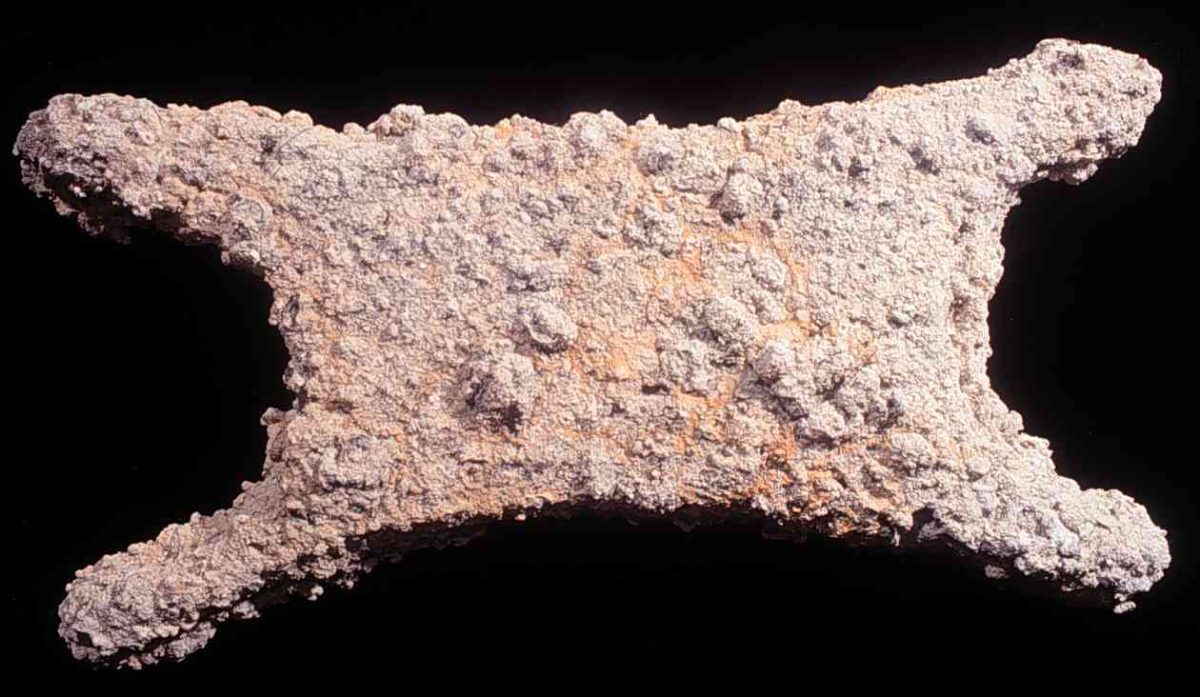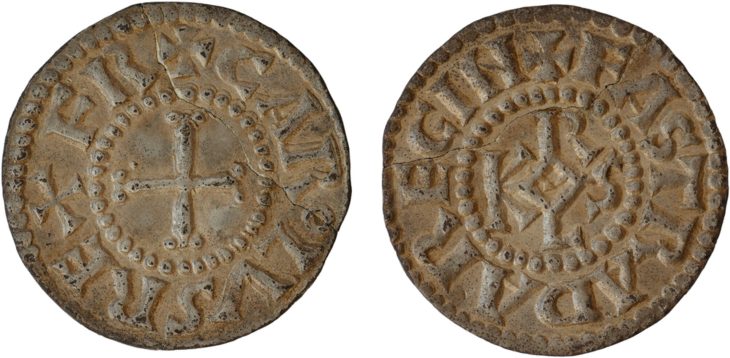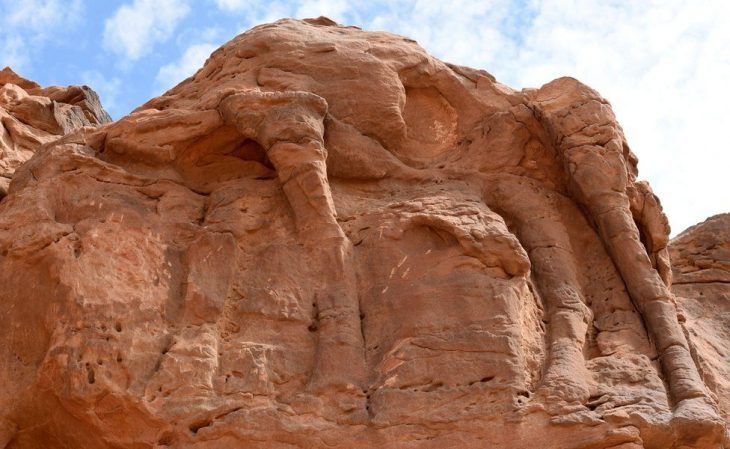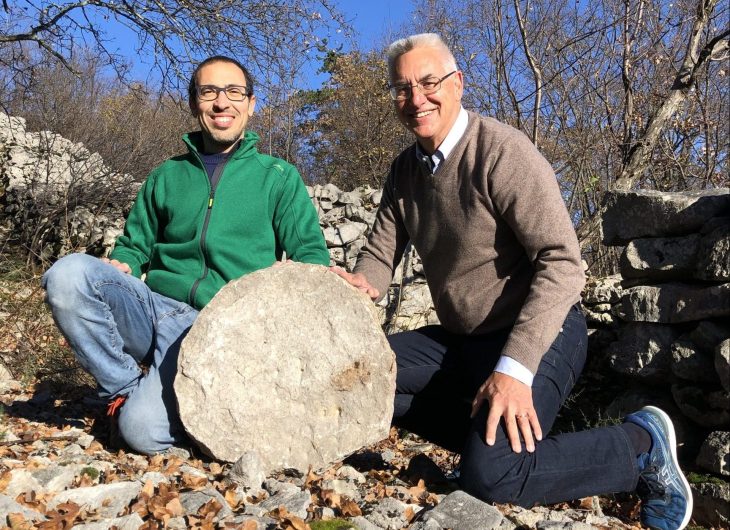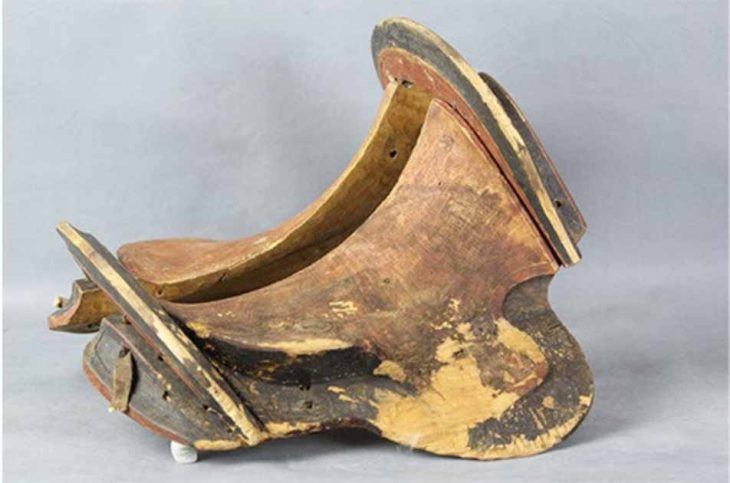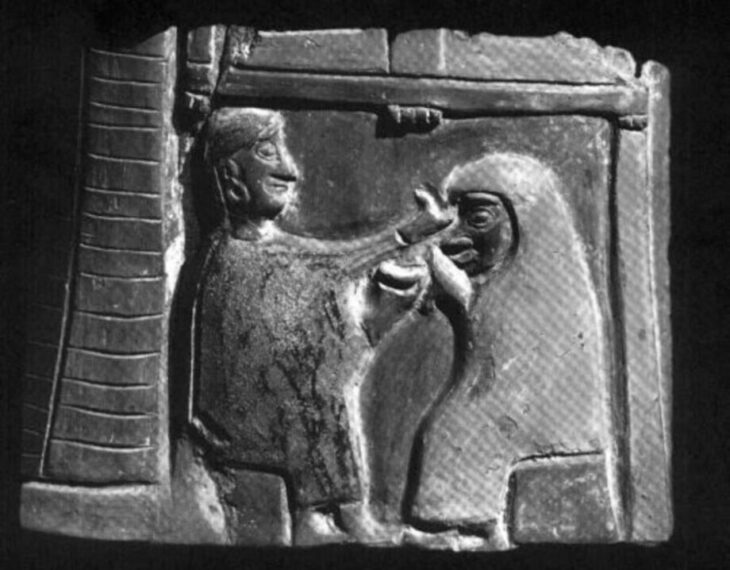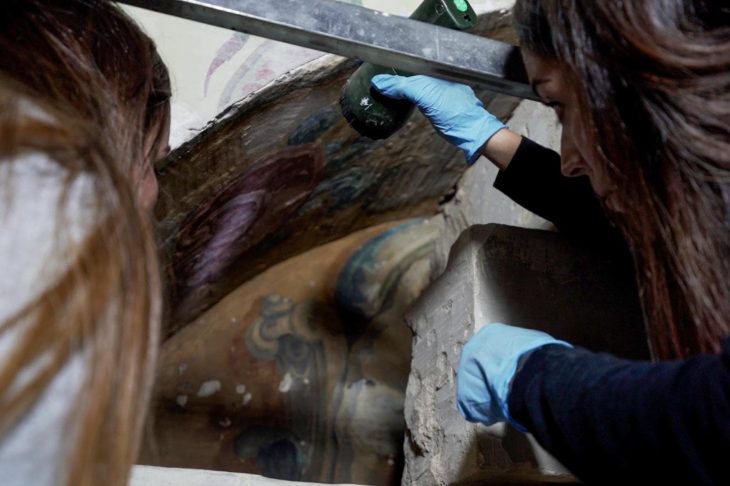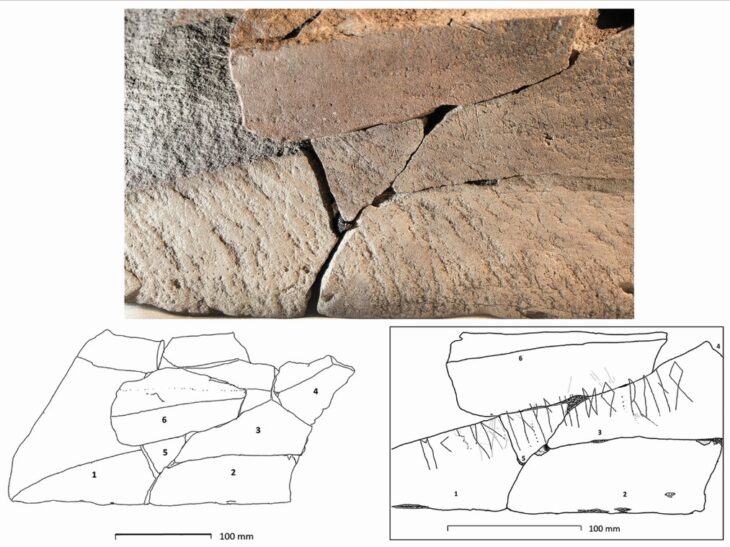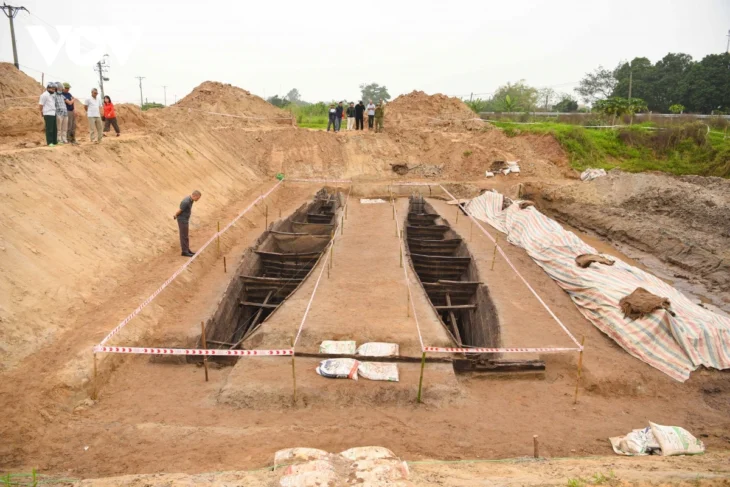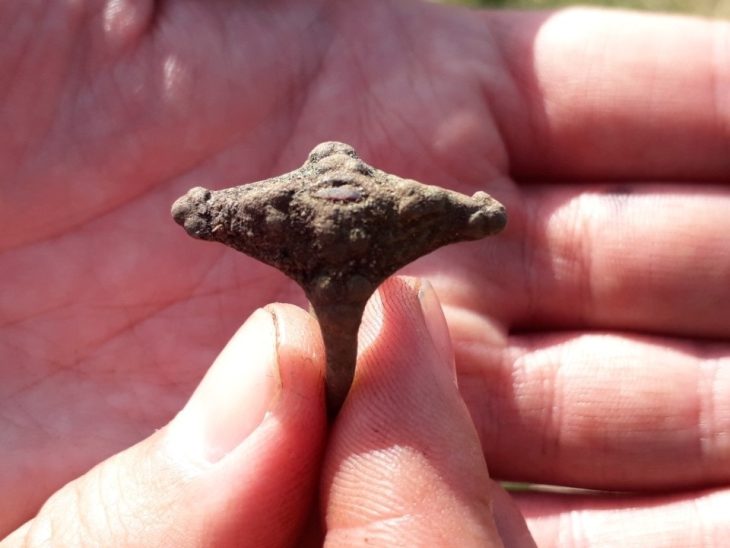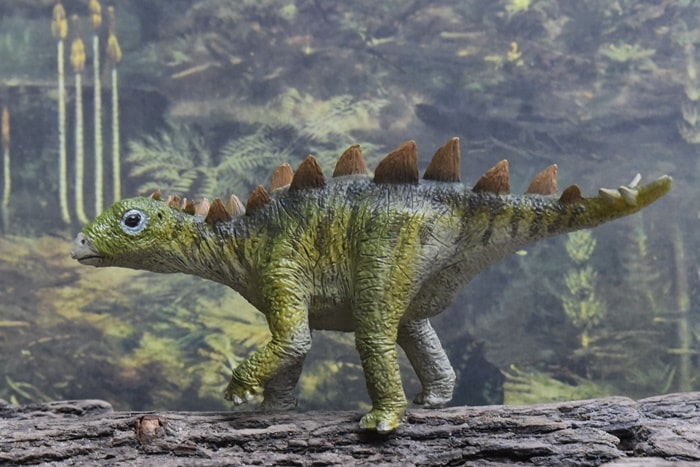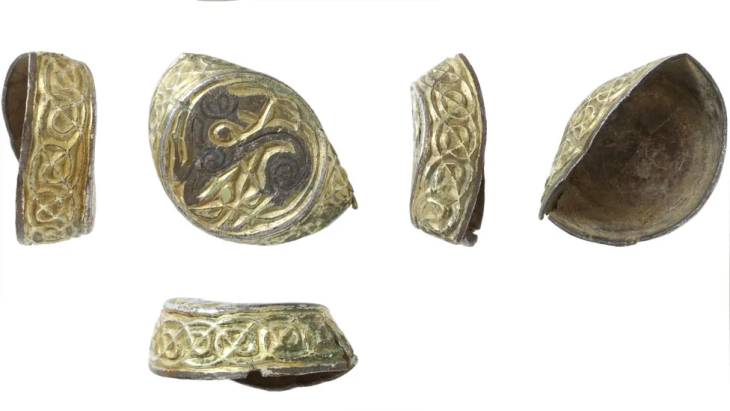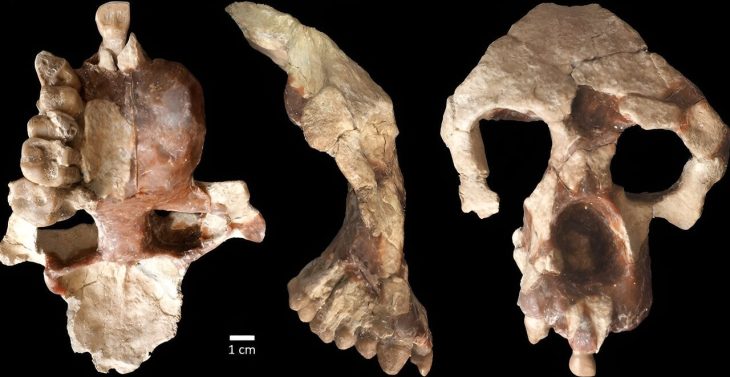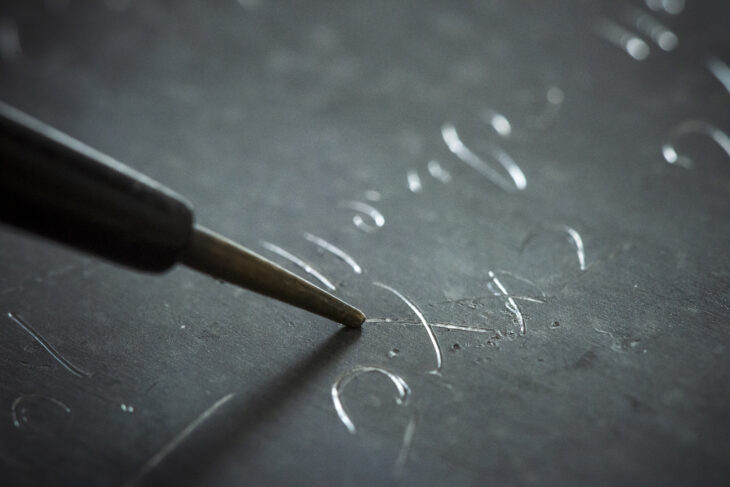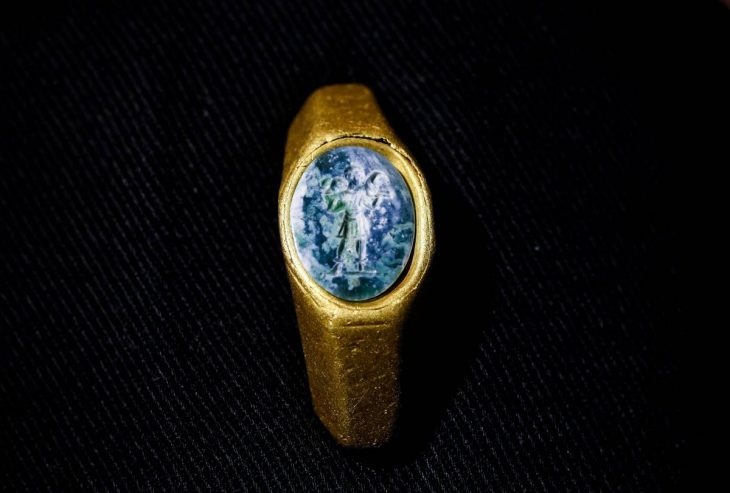The exact origin of tin in the Bronze Age is the Holy Grail of archaeometallurgists: For 150 years, experts have been discussing the question of which mines the tin for all the swords, helmets, bracelets, plates, or jugs in the Bronze Age came from.
Discovering which mines the tin came from could provide far-reaching insights into early trade relations between Central Asia, Mesopotamia, North Africa, the Levant, and Europe, and thus into an early globalization that changed the world.
The key to solving this puzzle may be the cargo of a merchant ship that sank around 1320 BCE off what is now the west coast of Turkey near Uluburun. The wreck was discovered by divers in 1982 and its cargo recovered by underwater archaeologists. In addition to luxury goods, it contained 10 tons of copper ingots and one ton of tin ingots – much more than had ever been found before from the Bronze Age.
“Even 40 years after the Uluburun discovery, the tin puzzle remains, although we are getting closer to solving it by applying new methods,” says Ernst Pernicka, senior professor at the University of Tübingen and scientific director of the Curt Engelhorn Center for Archaeometry (CEZA) at the Reiss-Engelhorn Museum in Mannheim.
In a recently published study in the journal Frontiers in Earth Science, CEZA researcher Dr. Daniel Berger and his co-authors including Pernicka contradict a research team led by Professor Wayne Powell of Brooklyn College in New York, who claimed in the journal Science Advances in November 2022 that they could clearly determine the origin of the tin from the Uluburun shipwreck.
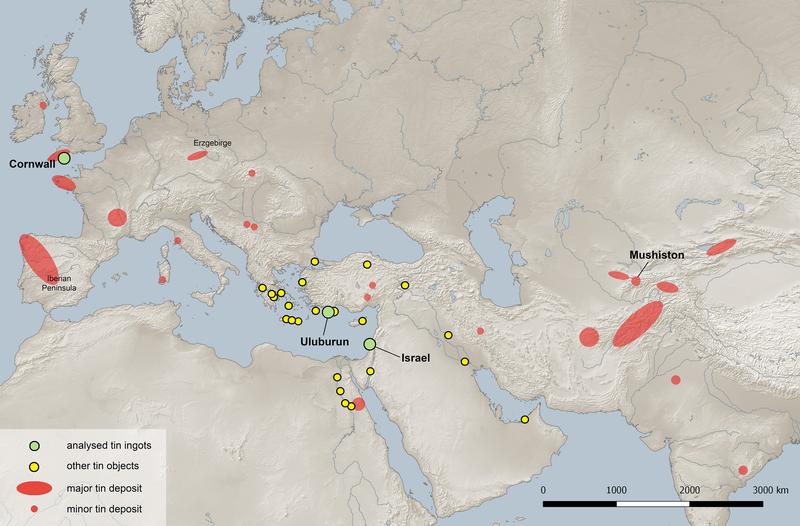
Powell’s team said most of the tin came from the Mushiston tin deposit in northwestern Tajikistan, as well as from two mines in the Taurus Mountains near the present-day Turkish-Syrian border. For their analysis, the team took samples of 105 tin ingots from the wreck, determining chemical and isotopic signatures of 90 percent of the tin cargo. In particular, they measured the isotope ratios of tin and lead, which, like the chemical composition, provide clues to the origin of the tin. Also, the proportion of the trace element tellurium points to tin deposits in Central Asia. The Powell team claims to be able to infer a clear attribution based on the matching signatures between the ingots from Uluburun and tin ore samples from the abovementioned mines.
Berger and his fellow authors refute this, saying “The data does not support this interpretation; it does not allow a clear conclusion.” For the current study, Berger extensively checked chemical and isotopic analyses also from previous studies and cross-checked them with Powell’s data set. “Due to the isotopic ratios and chemical characteristics, it would be even more likely that at least part of the cargo of tin ingots from the Uluburun shipwreck originated from Cornwall in Britain. In particular, the comparison with Bronze Age tin ingots from Britain and Israel which we have considered in the past on a similar question of origin suggests this conclusion. Ultimately, however, it is also possible that the tin originates from the Saxon-Bohemian Erzgebirge or the Iberian Peninsula,” Berger says. He added that more samples and analyses of ores from European and Asian tin deposits were needed.
Overall, the Bronze Age lasted from the late fourth millennium to the early first millennium BCE – but with different beginnings and ends depending on the region of the world. Bronze, an alloy of copper and tin in a ratio of nine to one, is significantly harder than copper alone. Copper ores are found in many regions of Eurasia and Africa. However, tin ores that were accessible in the Bronze Age can only be found in a few places in Central Asia, Iran and Europe. It is all the more astonishing that some of the earliest bronze artifacts have been found in the Mesopotamian city-states of the Tigris–Euphrates river system. But there are no tin deposits there; the metal had to be obtained via long-distance trade.
“Numerous archaeological finds show that the British Isles and Central Europe formed an economic sphere with the Mediterranean region in the Bronze Age and was connected via the transport routes of the Danube, Rhine and Rhône rivers, or via the ocean,” Pernicka and Berger say. For instance, amber beads likely traded from the Baltic were found in the Uluburun wreck, indicating the existence of north-south trade routes.
The use of standardized weights had already spread in the course of the second millennium BCE, coming from Egypt and Mesopotamia, via Syria, Anatolia and the Aegean, and across the Alps to Central Europe. These standard weights were used to weigh merchandise, including tin ingots. For the time of the Uluburun ship, neither weight systems nor established trade connections to Europe and the Eastern Mediterranean can be documented for Central Asia, which underscores the likelihood that the tin originated from the west.
Cover Photo: Tin ingot in the shape of an ox-hide prior to cleaning. Institute of Nautical Archaeology

